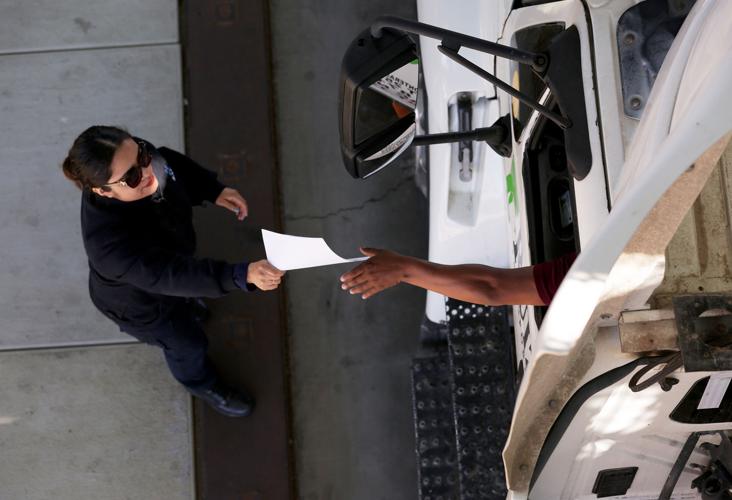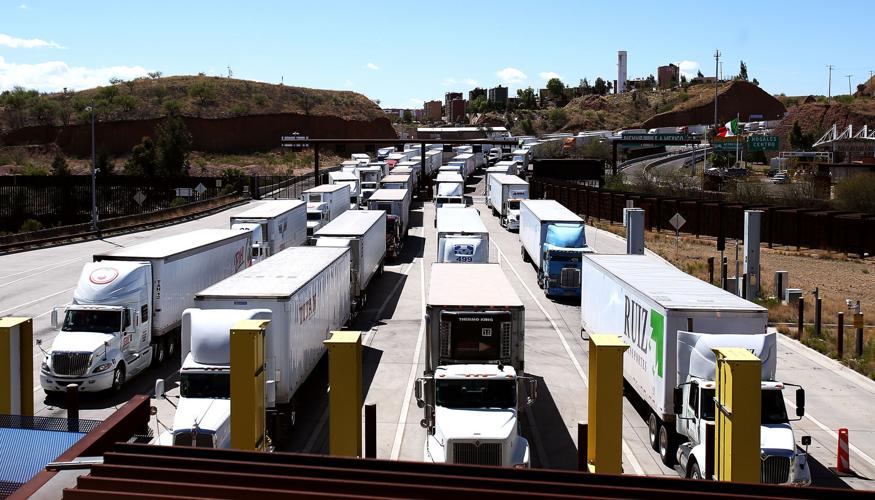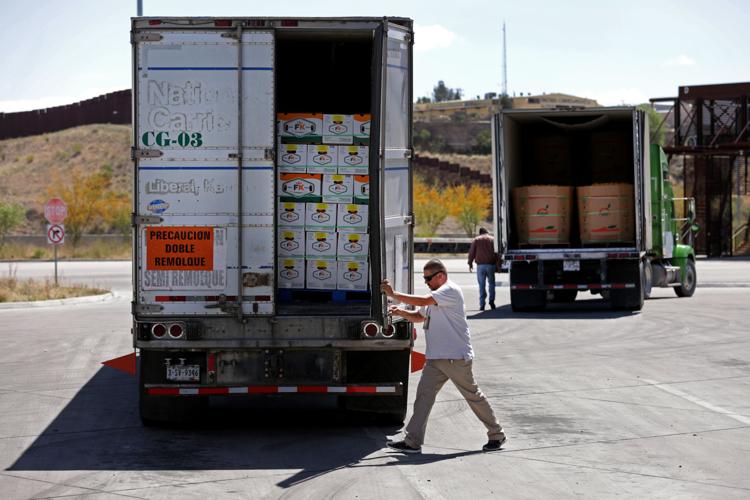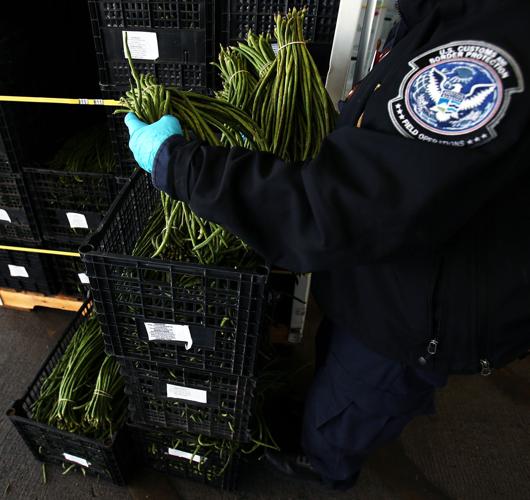Although Arizona ports of entry remain understaffed, a new cargo inspection program is drastically cutting border crossing times.
Mexican customs officers now are working at Arizona ports with their U.S. counterparts to inspect thousands of northbound and southbound trucks loaded with produce and industrial goods.
U.S. Customs and Border Protection began the Unified Cargo Processing program in July 2016 to save time and money for trucks traveling to and from Mexico.
The “biggest difference” is a drop in the average wait time for certain trucks to be inspected, from 3½ hours to 30 minutes, said William Brooks, director of CBP’s Tucson Field Office.
“It is good for Nogales and for Arizona,” said Guillermo Valencia, chairman of the Greater Nogales Santa Cruz County Port Authority. “It has been a fantastic program. One company said that it saved them $700,000 in one month.”
Brooks said he saw a similar program in Southern California where U.S. officers were working in Mexico alongside Mexican officers. He decided to bring the same system north of the border to Arizona.
Previously, trucks crossing the border had to be inspected in Mexico, and if there was an issue they had to be unloaded and searched, he said. Then they would drive about seven miles and do it all over again with U.S. customs officers.
In Nogales, Arizona, the program is only available to importers certified through the Customs-Trade Partnership Against Terrorism program, which monitors companies’ supply chains and then grants certification to low-risk companies so they generally do not need to be searched at the border.
“Time is money,” Brooks said, explaining the wait times for trucks to cross through Arizona ports is 18 percent less on average than before the new program began. Other changes include 12 percent more trucks crossing before noon and 6 percent more daily.
Since Oct. 1, about 18,000 trucks participated in the new program in Nogales, out of 142,000 total northbound trucks that crossed through the port. The documents for another 1,800 trucks were reviewed as they headed into Mexico.
All trucks that go through the port in San Luis can participate in the new program, due to the low volume of traffic there. In Douglas, about half of the trucks are C-TPAT certified and participate in the new program.
Local ports of entry still need more CBP officers, Valencia said.
When the federal government looks to send money and manpower to secure the border, it often overlooks the people who guard the ports of entry, he said.
In a Jan. 25 order, President Trump authorized the hiring of 5,000 new Border Patrol agents, but made no mention of hiring more customs officers.
“The focus is more on national security, and they forget that the ports are national security too,” Valencia said. “There are a lot of people patrolling the border that we could be using at the ports of entry.”
Each new officer at Arizona ports would have a large economic impact, Valencia said.
A 2013 University of Southern California study found one additional officer at the Mariposa port in Nogales would boost the local economy by $2.3 million and the national economy by another $2 million.
“As one who talks to them and works with them and sees their shortages, the people in blue need help, not just the people in green.” Valencia said.







